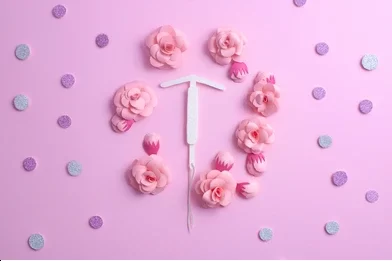iud/mirena
The intra-uterine device, or IUD, is a form of contraception that prevents pregnancy. It may also be used as a treatment for heavy periods and endometriosis.
An IUD is a small, T-shaped plastic device that is inserted into your uterus (womb) and has a plastic string tied to the end which hangs down through the cervix into the vagina.
It is a long-acting form of contraception, which means that once it is inserted you don’t have to remember about it every day or every time you have sex.
Its effect is reversible which means that your natural fertility returns after the IUD is removed.
Dr Caroline Christie and Dr Michael Tolmay both fit IUDs and Mirenas. You will need an appointment with any GP to discuss if the IUD is the right choice for you and to arrange a prescription. You may need a physical examination and swabs taken prior to the fitting.
An IUD is best fitted at the end of your period. It requires a 30 minute appointment.
Cost for IUD / mirena insertion – . Some people are eligible for funding to help cover the costs – check with your GP.
Click on the links below for more information on IUDs and Mirenas.
IUD for contraception
IUD for heavy periods
Getting an IUD fitted – what to expect



